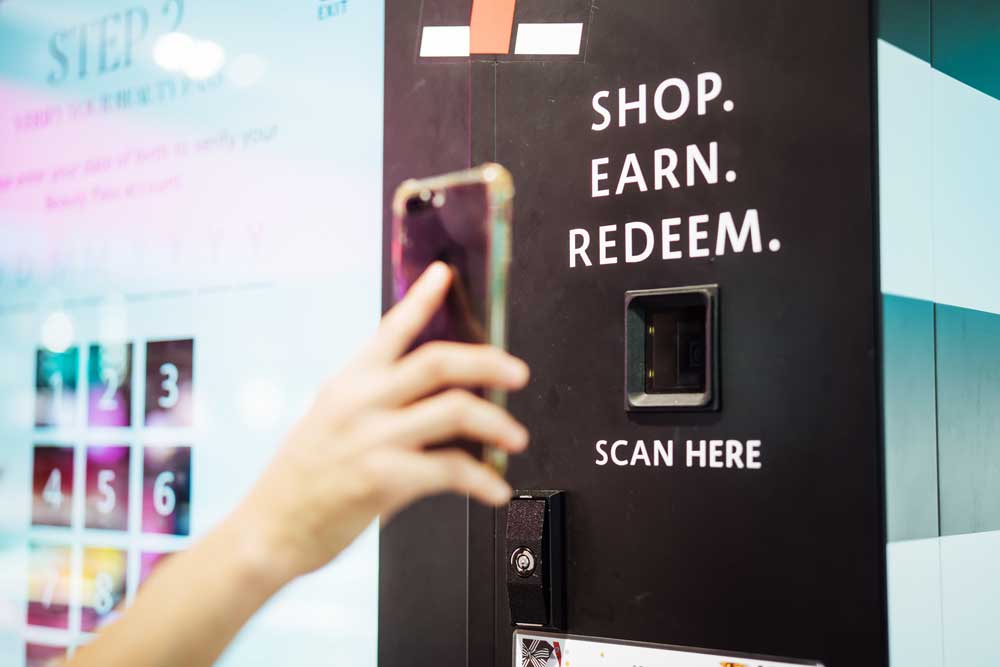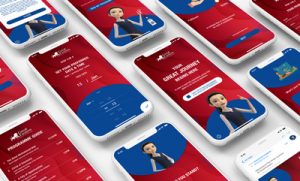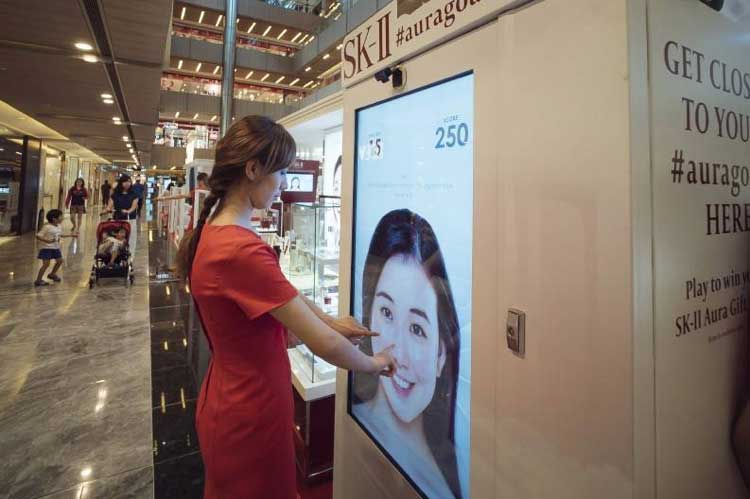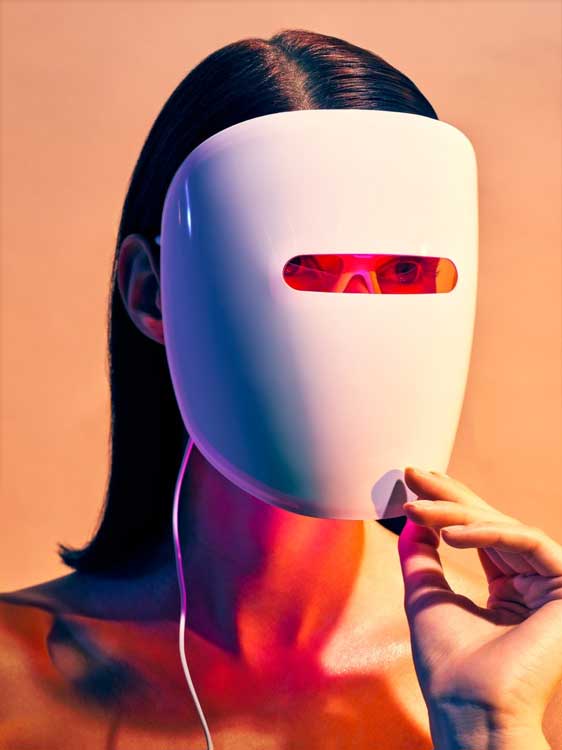Beauty is only skin deep. An age-old adage that we are all familiar with. It is a saying to indicate how one may be attractive on the outside but “ugly” on the inside, and commonly used to imply that a person’s character is more important than his/her appearance.
While this statement may be debatable, there is no denying that the beauty and cosmetic industry is booming. In fact, according to an Allied Market Research the global cosmetic market is expected to generate $429.8 billion by 2022. This is driven by a combination of factors such as:
- Rise in disposable income over the past decade
- Growth in global economies
- Changing lifestyles
- Rising demand for skin and sun care products due to climatic changes
As economies develop and people enjoy higher spending power, consumer lifestyles begin to change. Not only are people spending more on cosmetics, their demands are also shifting.
On the domestic landscape, the Asian beauty market boasts an annual growth rate of above 20%. In Singapore alone, estimates put the retail market at $120 million worth in value. This puts the island nation behind only Japan in terms of per capita spend on cosmetics, second in Asia and ahead of Hong Kong, South Korea and Taiwan. With its increase in demand and immense potential for growth, the cosmetic industry is a lucrative field of opportunities for marketeers.
Getting Technical with Cosmetical
Technology has shaped the way we live and work, and the cosmetic sector has not gone untouched. The introduction of the internet and integration of technology such as AI (Artificial Intelligence) and VR (Virtual Reality) has revolutionised the way we look for, try on, and purchase cosmetics. Shopping for cosmetics used to be a physical affair where consumers browsed and purchased products within the confines of a store. The entire experience starts and ends when he/she walks into and out of the shop. This all changed when usage of the internet became more prominent as businesses started adopting online marketing and purchasing tools. Google and Facebook became synonymous with online advertising as stores started selling their products on the World Wide Web. These mediums allowed them to raise both brand and product awareness by displaying advertisements on their webpages and affiliated sites. The integration of third-party payment platforms (i.e Paypal) facilitated a seamless purchase process, culminating in a brand new shopping experience for consumers that has shifted the entire process of browsing and purchasing cosmetics from a physical experience to an online journey.
Advancements in technology have also resulted in more effective and sustainable cosmetics. Modern consumers are increasingly conscious of the products they use and its origins. Purchasing a beauty product is no longer just about the aesthetic appeal; buyers look out for and require the assurance that their purchase has no detrimental effect on the environment. To cater to this growing trend, cosmetic businesses are utilising technology in their business operations and strategies. For example, the utilisation of RFID technology to track their manufacturing processes from start to finish. This leads to the reduction of unnecessary wastage, improvement in management and disposal of assets, increases transportation and delivery efficiency as well as reduces its carbon footprint. Businesses are also sourcing for and incorporating organic ingredients into their production such as natural oils (palm oil, coconut oil). Not only are these more environmentally friendly, they are more effective in dealing with skin problems. Natural ingredients, in the absence of synthetic, toxic chemicals and artificial colours, are less likely to trigger skin irritation or allergic reactions. In the long run, the switch to eco-friendly cosmetics is a healthier option for both consumers and the environment.
Making Brands Look Good
Trinax is no stranger to the world of cosmetics. We have worked with notable names in the industry such as The Shilla Duty Free, Coco Chanel and Bvlgari in their quests to modernise their businesses and marketing strategies. Recognising our technical prowess and extensive portfolio, these brands reached out to us to provide that experiential edge.
La Mer

A collaboration with La Mer, one of our many renowned clients, resulted in a revolutionary app being developed for its target audience. Users, upon creating an account, were prompted to take a “selfie” or upload a portrait for a personalised experience. After answering a few questions regarding their individual lifestyles, a specially selected range of La Mer products that best suit the answers would then be recommended; along with an instructional animation using the uploaded picture as a guide that shows where and how to apply the products. For example, users who wanted to achieve skin firmness were shown tailored cosmetics as well as directions to the areas of the face that they have to focus on. The creation of this app not only differentiated La Mer from its competitors, it also gave La Mer a platform for which to collect data about its users and their lifestyle choices.
Sephora

Shoppers are familiar with GWPs (Gifts with Purchases), but to digitalise the whole process elevates the experience into something more entertaining and personalised to each individual. At Trinax, we have developed our own reward system that not only eliminates the reliance on manpower, it can also facilitate a seamless shopping environment for consumers and tenants alike. For instance, Sephora recently enlisted our services in taking their membership scheme up a notch. This led to an automated GWP vending machine being installed within the store premises. By scanning their mobile devices, customers could access their accounts to view their accumulated points as well as exchange the points for prizes which would then be dispensed by the machine. The convenience and customised experience that it brings was a win-win situation for both Sephora and its cherished customers.
SKII
(SKII Interactive Marketing Games, developed by Trinax)
Industry heavyweights SKII and Trinax came together during a promotional campaign for one of the former’s product launch. To raise product awareness as well as drive up revenue, two uniquely designed stations were set up in one of its stores. In the first station aptly named “Koji Rice Massage”, participants got hands-on as they stirred and mixed a bowl of rice. A screen displaying a woman’s face is shown and participants paid witness to the reduction in dark eye circles throughout this straightforward activity. In the second station called “Aura Goals”, players have their pictures taken and are tasked with removing the dark spots that appear on their portraits. The combination of these two interactive experiences contributed to both SKII’s marketing efforts and our ever-growing list of successful projects undertaken.
(Taken from Allure)
The Future of Beauty
As technology evolves, so too does the beauty and cosmetic industry. Organisations are constantly adopting the latest mechanics to stay ahead of the competition. With a heavier-than-ever emphasis on improving and individualising the present-day shopping experience, it is absolutely vital that businesses adapt to the ever-changing retail landscapes. Trinax offers a comprehensive range of solutions across the different markets and have proven competent in regards to the cosmetic sector. We firmly believe that the future of beauty revolves around interactive technology, and strive to deliver sophisticated and cutting-edge platforms to meet the demands.









